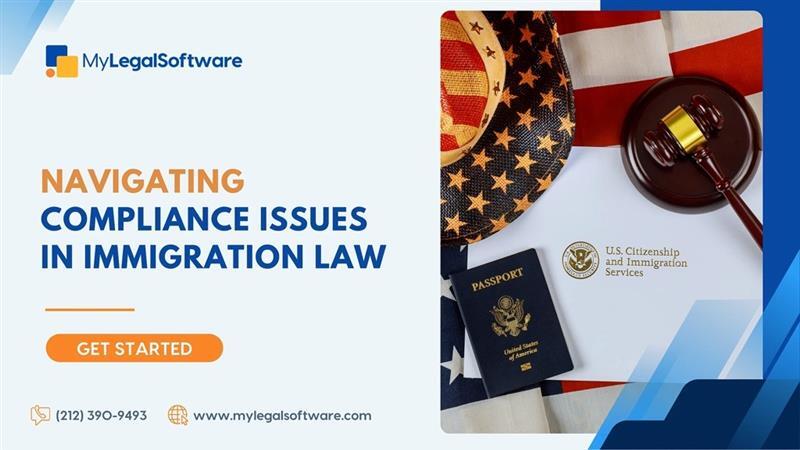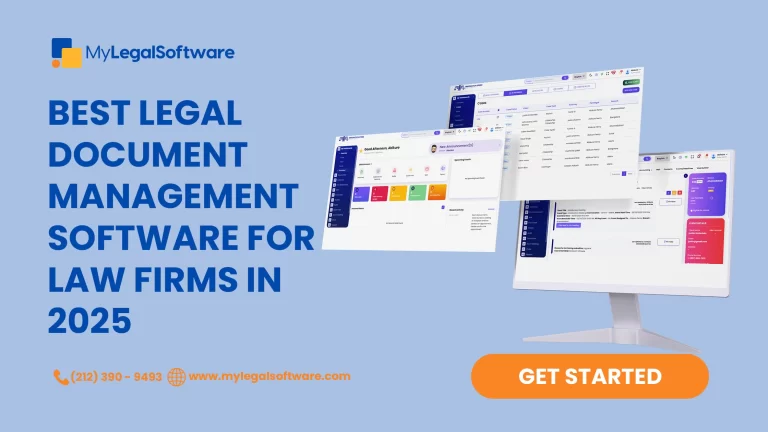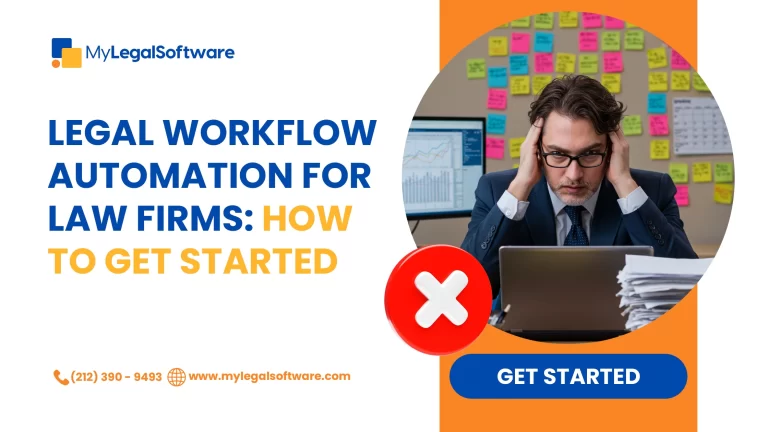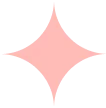Navigating Compliance Issues in Immigration Law
Compliance is everything where immigration law is concerned. Imagine you’re at an amusement park, waiting eagerly to ride the roller coaster—only to discover that you don’t meet the height requirement. In the world of immigration, compliance is that height requirement, and it’s just as non-negotiable. But navigating compliance in immigration law isn’t a simple “yes” or “no.” It’s a complex maze of regulations, requirements, and updates that can overwhelm even the most seasoned professionals.
In this guide, we’ll unpack the essentials of compliance in immigration law, from understanding the latest immigration compliance challenges to strategies for meeting regulatory requirements.
What is Immigration Compliance?
Compliance in immigration law involves keeping to all the legal and regulatory requirements set by a country’s immigration authorities. This includes ensuring that employees, students, and residents are eligible for their immigration status and that all documentation is up-to-date and accurate. For businesses hiring foreign nationals, immigration compliance extends to managing visas, work permits, and legal documentation to ensure a seamless operation without running afoul of the law.
But compliance isn’t just a one-off thing—it’s an ongoing commitment. Regulations are continuously updated, and staying compliant requires constant vigilance and the willingness to adapt.
Why Immigration Compliance Matters
Staying compliant is more than just checking boxes; it’s about protecting your future, your organization, and the individuals involved. Non-compliance can result in serious penalties, including fines, deportation, and bans on re-entry. Plus, non-compliance can even lead to reputational damage that might be challenging to fix. Ensuring compliance also signals that you respect the legal system of your host country—something that goes a long way in creating a positive impact.
Key Compliance Challenges in Immigration Law
Navigating immigration compliance challenges can feel like attempting a puzzle with constantly shifting pieces. But some common challenges stand out:
Complex and Changing Regulations
Immigration regulations don’t stay the same for long. New policies, updates, and executive orders can change requirements overnight, leading to confusion for individuals and businesses alike. For instance, H-1B visa changes can impact businesses heavily reliant on foreign professionals, while new travel restrictions affect students, tourists, and others.
Documentation and Record-Keeping
When it comes to compliance, documentation is critical. From maintaining Form I-9 records for employees to tracking visa statuses, any lapse in record-keeping can result in serious consequences. And while it may sound straightforward, record-keeping becomes a monumental task when dealing with multiple applicants, tight deadlines, and evolving standards.
Adapting to Technology
In today’s digital age, immigration compliance increasingly involves technology. Many countries have adopted electronic record systems and mandatory online applications, which can be challenging for those not accustomed to digital platforms. For businesses, using specialized software to track compliance can be a significant investment—but one that could pay off in the long run.
Resource Constraints
Businesses and individuals may lack the resources needed to maintain ongoing compliance. Small businesses may struggle to invest in compliance programs, and individuals might find it difficult to navigate the system alone. This is where legal compliance strategies come in.
Strategies to Ensure Compliance in Immigration Law
Legal compliance strategies provide a roadmap to help individuals and organizations meet regulatory requirements while minimizing risk. Here are some essential strategies to keep compliance in check:
Regularly Review Legal Changes
Staying informed is crucial for compliance. Subscribe to trusted sources that report on immigration law updates, or partner with immigration professionals who can interpret these changes for you. This proactive approach helps individuals and companies quickly adjust to new policies, ensuring continuous compliance.
Implement a Compliance Program
For businesses, creating a robust immigration compliance program is essential. Such a program typically includes monitoring visa statuses, managing work permits, conducting regular audits, and providing training for employees. A dedicated compliance team or immigration software solution can help streamline these efforts.
Seek Professional Assistance
Sometimes, DIY isn’t the best choice—especially when legal complexities are involved. Immigration lawyers and compliance consultants are invaluable resources, especially when handling complicated cases or high volumes of foreign employees. They can help create tailored solutions that meet your unique needs.
Use Immigration Compliance Software
Digital solutions like MyLegalSoftware are revolutionizing immigration compliance. With features that track visa status, monitor deadlines, and store critical documents, these tools help automate compliance. MyLegalSoftware offers advanced features that simplify compliance for both individuals and organizations, giving you peace of mind with just a few clicks.
Keep Clear Documentation
Accurate and organized documentation is the backbone of compliance. Make it a habit to collect and verify all necessary paperwork early on, whether it’s a visa approval notice, I-9 form, or work permit. For businesses, assign a dedicated person or team to oversee document management, ensuring that nothing slips through the cracks.
Avoiding Common Immigration Compliance Pitfalls
Even with a plan in place, compliance mistakes happen. Here are a few common pitfalls and how to avoid them:
- Procrastination: Don’t wait until the last minute to gather or submit paperwork. Compliance deadlines are strict and often unforgiving.
- Overlooking Details: Small errors on forms can lead to significant delays or denials. Double-check all details to ensure accuracy.
- Neglecting to Update Records: Regularly updating your records is crucial. Any change in an employee’s visa status, address, or job role should be promptly documented to remain compliant.
Regulatory Requirements You Need to Know – Compliance Issues in Immigration Law
Immigration law has a complex web of regulatory requirements that vary depending on the visa type, employment status, and more. Here’s a quick rundown of common requirements:
- Employment Eligibility Verification: For U.S.-based employers, completing Form I-9 for every employee is mandatory. This includes verifying work authorization documents, which must be reverified as visas or work permits near expiration.
- LCA for H-1B Workers: Employers hiring H-1B workers must submit a Labour Condition Application (LCA) to ensure compliance with wage standards and working conditions.
- E-Verify for Certain Employers: Some employers are required to use E-Verify, a digital system that verifies employment eligibility. While not mandatory for all employers, using E-Verify can help avoid penalties associated with unauthorized hires.
Staying Compliant: Tips for Individuals and Employers
Navigating compliance can feel overwhelming, but these practical tips can make the process more manageable:
- For Individuals: Keep copies of all relevant documents and make note of important dates, like visa expirations and application deadlines. If your case is complex, consider consulting an immigration lawyer to avoid potential pitfalls.
- For Employers: Schedule regular audits to ensure all documents are up-to-date, and train staff on compliance practices. If managing immigration is a large part of your business, investing in immigration compliance software like MyLegalSoftware can save time and reduce errors.
The Bottom Line – Compliance Issues in Immigration Law
Compliance in immigration law may not be the most exciting topic, but it’s essential for maintaining peace of mind and staying within the bounds of the law. Whether you’re an individual hoping to stay on track with visa requirements or a business navigating complex employee documentation, following a structured approach to immigration compliance can make a world of difference.
And when it comes to ensuring accuracy and efficiency, using digital tools like MyLegalSoftware can simplify the process, making compliance as seamless as possible.
Ready to streamline your immigration compliance process? Visit MyLegalSoftware and discover solutions that make compliance easier and more efficient for individuals and organizations alike.
Want to learn about the best practices for data security in law firms? Go here.
Frequently Asked Questions – Compliance Issues in Immigration Law
What is immigration compliance, and why is it important?
Immigration compliance involves meeting all legal requirements for visa status, work permits, and documentation. It’s essential to avoid penalties, maintain legal status, and uphold an organization’s reputation.
How can businesses manage immigration compliance more effectively?
Businesses can enhance compliance by implementing a formal compliance program, regularly reviewing legal updates, and using digital compliance tools like MyLegalSoftware to track documentation and deadlines.
What are the consequences of non-compliance in immigration law?
Non-compliance can lead to fines, penalties, visa denials, or deportation. For employers, it can also result in legal action, loss of business reputation, and potential hiring restrictions in the future.








